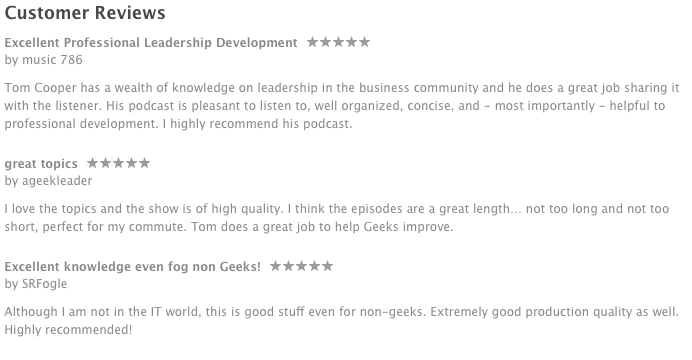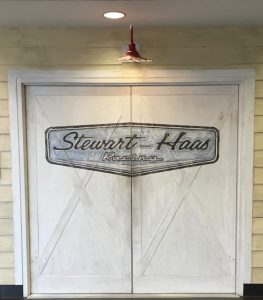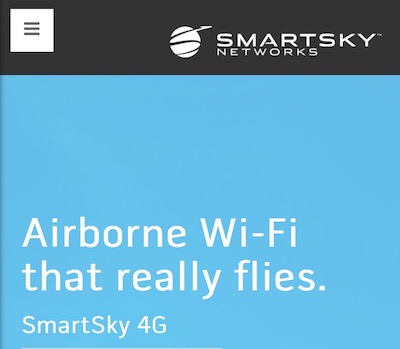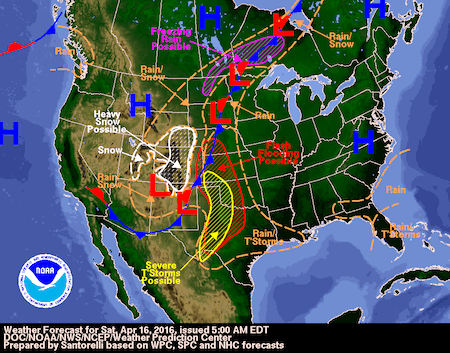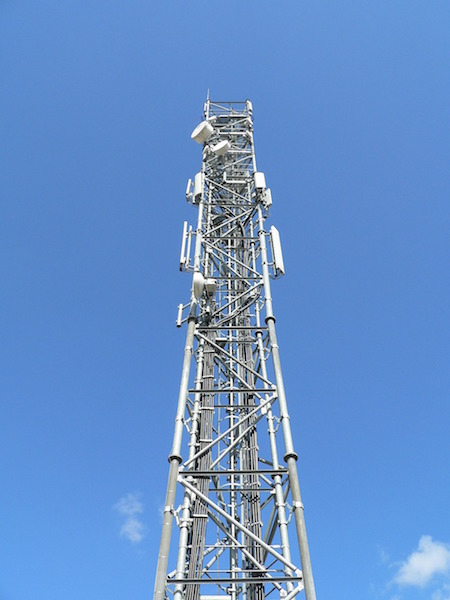We’ve all been there – we’ve just made a mistake, and we need to know how to “fix” it.
In this episode I talk about what to do when you’ve blown it. You’ll get some practical tips about how to clean up the mess that will leave you in a better place!
Listen now!

Amazing Secrets of Great Geek Leaders
You became a highly technical expert. You found that your expertise was critical to your success. The geekier you got, the more you got paid.
And then it happened.
One day your boss came to you and said
“You’ve been doing a great job. I need you to be the technical lead over these young geeks.“
You replied:
“Wait – we have a deal – I get smarter about my chosen field, and you pay me more! Don’t go changing the rules now!”
But it was too late. Now what? You’re supposed to figure out the people stuff?
It turns out that leading people is VERY different from technical expertise. Neil DeGrasse Tyson said
When human behavior enters the equation, things go nonlinear. That’s why physics is easy and sociology is hard.
And he’s exactly right. But there is hope. I started my career as a geek – a hands on technologist who bought my fist computer with money I saved up on my paper route. I worked in startups and in Fortune 500 companies – and I learned the secrets to being able to lead people – as a geek, leading geeks.
You can learn it, too.
Here are the four levels of thinking you need to develop in order to become a great geek leader:
- Individual
Perspective: I perform with excellence
I need more than great geek skills to succeed. I need to lead myself – would I follow me? In addition to my technical talent, I know that I need to learn about business, and about how to work with others. - Team Member
Perspective: The team performs with excellence
One is too small a number to achieve greatness. I need team members to want to help me so that together we can deliver bigger, more important work than I could do by myself. My influence comes from relationships, not formal power. - Team Leader
Perspective: I grow a team of great performers
As “the boss” of a team, I need to help my team members grow in their ability to lead so that our team can create even more capacity – and further increase our impact as a team. We perform together, and I become a better leader as they become good followers. My influence is from permission, not position. - Team Builder
Perspective: I think about succession – developing other leaders
As a leader, I need to equip the leaders who work for me to build their own teams – to become team leaders who develop other team leaders – moving from creating followers to creating other leaders. My influence is from investment in others, not from title or role.
What level is your thinking today?
What level do you need to reach tomorrow?
Want to grow? Check out my Podcast
Podcast reviews on iTunes
Team Culture and Self-Awareness – Sea:2Ep1
Listen now!

Three Things NASCAR Pit Crews Can Teach You About Geek Work
Living in the heart of NASCAR country even for just a couple of years I’ve already had great opportunities to study and learn from people in the motor sports industry.
The more I pick up the more I realize how much I still have to learn!
I recently had the opportunity to take a tour of the Stewart Haas racing facility in Kannapolis North Carolina. It is astonishing to understand just how much technology and complexity goes into these 200 mph cars.
NASCAR teams recruit and maintain some of the most talented people in the world to be able to make their cars go just a little faster than the other guy around the track.
Races are won or lost in the pit!
One area of the campus that really stuck out to me was the investment they made in their pit crew training facilities.
I have heard it said that races are won or lost in the pit. That could well be true. Just this season, I have seen a race decided by 1/100 of a second! Successful pit stops depend on fast, flawless, complex choreographed execution.
In 12 seconds (or less) a NASCAR pit crew hits 40 lug nuts, changes four tires, makes suspension adjustments, fills up the gas tank with fuel, clears the windshield, makes airflow adjustments and sends the driver on his way.
Because of the speed, agility, strength, and precision required to complete a successful pit stop NASCAR teams recruit top athletes from major college sports programs and from other professional sports.
So what do NASCAR pit athletes have to do with geeks?
Three things pit crews can teach you about geek work
- It takes more than your part of the work.
- Teamwork is just as important as technical skill (and more fragile)
- Training is the work
1. It takes more than your part of the work.
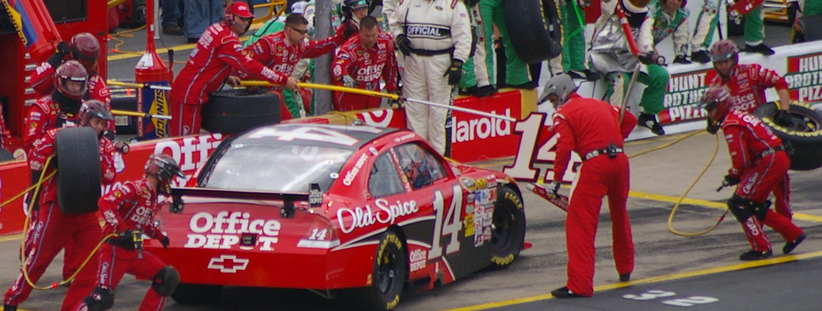
Time is short, and the job is so complex that there’s just not any room for mistakes.
Whether you are the driver, the fuel man, the Jack man, for changing tires, everything you do impacts everyone else on the team. Everything they do impacts you. You have to support each other – and that means knowing a lot of THEIR job, too.
The only way that complex, fast moving systems can work is if the experts know more than just their silo.
This means that you need to invest in learning about what other people do. Not just the technical stuff, but also the business stuff.
What are you studying in addition to your area of expertise?
2. Teamwork is just as important as technical skill (and more fragile)
 NASCAR pit crews have to work perfectly.
NASCAR pit crews have to work perfectly.
It’s really like an orchestra. Success completely depends on each player playing their part well and perfectly coordinated with the other team members.
This means that they have to train together. They train
- in the specific task of servicing a car in the pits, and also
- in the weight room,
- on the track running, and
- even in downtime getting to know each other as people.
When you can perform at an elite level, often times the difference between winning and losing is actually in mindset, emotions, and teamwork.
Team trust takes a long time to build, and even just one sideways comment from a teammate can take it off track.
Your ability to deliver great solutions depends on teamwork. What are you doing to build it in your team?
3. Training *is* the work
 One of the things that I hear fairly regularly is that technology teams would like to improve their execution when it comes to technology projects for the business, but they “just can’t find the time” to pull people away from the real work to think about things like soft skills and business insights.
One of the things that I hear fairly regularly is that technology teams would like to improve their execution when it comes to technology projects for the business, but they “just can’t find the time” to pull people away from the real work to think about things like soft skills and business insights.
Pit crews know that training doesn’t take you away from the real work. Multi-disciplinary training is the work. These guys study their own job backward, forward and inside out. They practice their moves over and over and over again. Training in their area of expertise is their job and training with the team is their job.
“When opportunity comes, it’s too late to prepare”
Pit crews don’t think that they’ll stop working and THEN start training. Pit crews know that training is the work.
Your ability to achieve does depend on your technical expertise. It also depends on your ability to work with other people, and your understanding of the business drivers that make people hire you for the work.
What are you doing today to make training a part of the work you do each week? Each month? This year?
Wrap up
Based on what you have read, what will you do to prepare for your work the same way that a NASCAR pit crew repairs?
- Will it be in growing people skills,
- business knowledge,
- teamwork, or
- even just recognizing that training is the work?
Let me know! Email me at coach@BrightHillGroup.com
Google Maps & Live Traffic for your next flight? How SmartSky’s tech may change air travel.
Keeping up with tech
As you know, I like to keep my hand in current developments in technology and software. This week I geeked out on some of the technical bits I learned and want to share some thoughts from the April CRTEC meeting (Charlotte Regional Technology Executives Council) about a Charlotte tech startup that is on the path to being something big.
At SmartSky Networks, President Ryan Stone educated us about the complexities of creating a new cellular data network which can support mobile clients who are moving at 1,000 miles per hour.
How’s the Weather Up There?
I also learned that our national weather forecasts largely depend on manual launches of 200 weather balloons, and that there’s currently no automated way to collect air turbulence data and report it in real time. Most up to date data about turbulence comes from “PieReps” – Pilot Reports like “a little choppy at 15,000 feet. Requesting a higher altitude”
Once the ground and air portions are in place, the bidirectional high speed internet will allow better access to electronically collected weather data to be sent immediately to weather forecasters. Panasonic Weather Solutions already has the data collection equipment in a lot of planes, and needs higher speed Internet to take it to the next level.
Here’s a weather forecast visualization from Panasonic based on data collected from their aircraft mounted TAMDAR weather sensors.

Google Maps For Your Pilot
What this can mean for you is less turbulence on your next flight as well as more efficient airline operations. Think Google Maps with Live Traffic – but for your airline pilot!
It’s amazing to think about how cool whizbang nerdiness with radios and networking make it possible to solve problems that seem unrelated – providing passenger Internet access can make better weather forecasts available.
How inflight Wifi Works Today
Most currently available in flight Internet service is either
- Satellite based (high latency and asynch – higher download than upload speed) or
- 3G cellular-based, which is low latency but limited in data transmission rates.
SmartSky’s network, apparently, will be a game changer. They have figured out how to provide nationwide, high speed bidirectional, low latency Internet service to aircraft.
SmartSky is currently building a national cellular network with hundreds of towers and Internet connections to support simultaneous high speed service for thousands of planes and passengers. They are doing this using custom designed beam forming phased array antennas, virtual Internet gateways and airline cellular web cookies, over a modified 4G LTE network stack that supports high speed handoffs. Pretty cool stuff.
Of course, the ground network alone isn’t enough. They have to have subscribers, too. SmartSky is already working with aircraft maintenance companies and avionics installers to equip private jets and commercial aircraft with the radios needed to access their networks. Their launch plan is to have the network operational for commercial clients later this year or early in 2017.
Where Intellectual Property (the other IP) Comes In

Oh – one other point – Ryan pointed out that the “patent wars” we hear about between tech giants happen because investors want to make sure that there are assets that will have residual value if the startup fails.
He talked about the importance of having a great IP lawyer help protect your inventions (and how they were really helped by acquiring a previous patent application from someone who had not followed through to actually get their patent approved.)
Today SmartSky has something like 17 patents on inventions they have come up with. These are patents on business methods, not on specific technical implementations. An interesting approach. I’ll leave the question of whether business methods *should* be patentable for another time. Suffice to say that intellectual property law is a strategy they are fully committed to.
Ryan talked about culture, values and leadership too. All good stuff for a future post.
I’m glad that CRTEC is one way I can stay connected with what’s happening in Tech.
Thanks to Ryan for filling us in, too! – http://smartskynetworks.com
Want more? Check out this short video with Ryan – courtesy of CRTEC.
https://www.youtube.com/watch?v=mXZxm0Pstf4&feature=youtu.be

